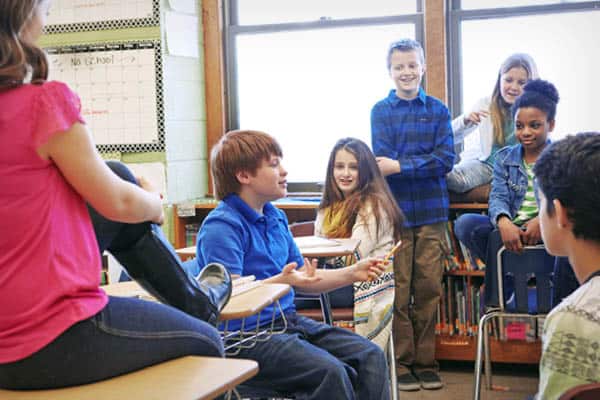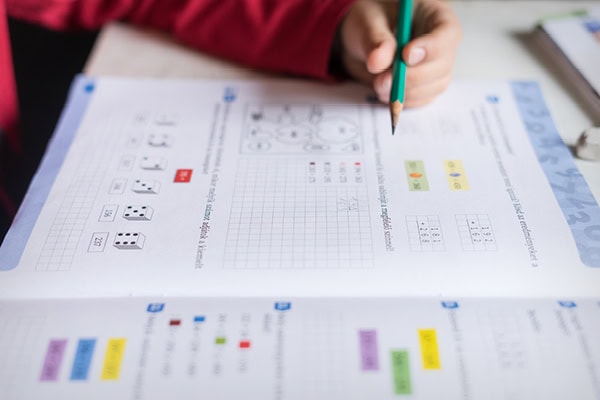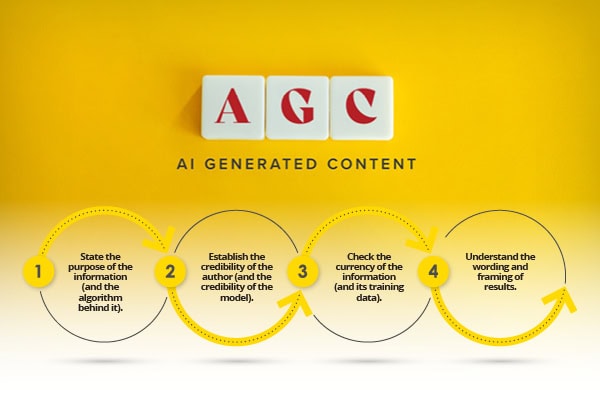The “social nature of learning” — shifting from lectures to students exchanging ideas in peer discussions to better collaborate, actively listen, communicate and express perspectives – broadens understanding and gives students ownership of their learning, says Heather Schwartz, practice specialist at the Collaborative for Academic, Social and Emotional Learning, in a K-12 Dive article.
To improve these skills, students need opportunities to learn, practice, and reflect on social-emotional learning, she says.
Here are Schwartz’s keys to promoting positive classroom conversations:
- Take steps early in the year to create that collaborative “vibe.”
- Be patient with students working to express their ideas, support them as they make errors, help them reach answers rather than highlighting mistakes, and encourage them to ask questions and challenge your ideas.
- As students feel more confident voicing their opinions and questions, turn conversations over to the classroom for small and large group discussions.
- Guide the learning process rather than control it.
- Transition to a coaching role to provide feedback in the context of “authentic application.”
- Practice “noticing and naming.” Identify the competencies and mindsets you hear students applying during discussions with their peers.
- Encourage students to share an idea or a thought with one other student — or in a writing exercise — before sharing with the entire class. Students can also preface their thoughts by saying they agree or disagree with a previous comment but want to add something to the conversation.
- Tailor opening the classroom to development levels.
- Some students may feel comfortable and confident employing these skills from the start, others may not. Allow all learners to hone these abilities at the start of a semester to elevate conversations throughout the year.
“Academic conversations require specific strategies, and we miss important opportunities for learning when we assume that students walk through the door ready to dive in,” Schwartz says.
K-12 Dive





